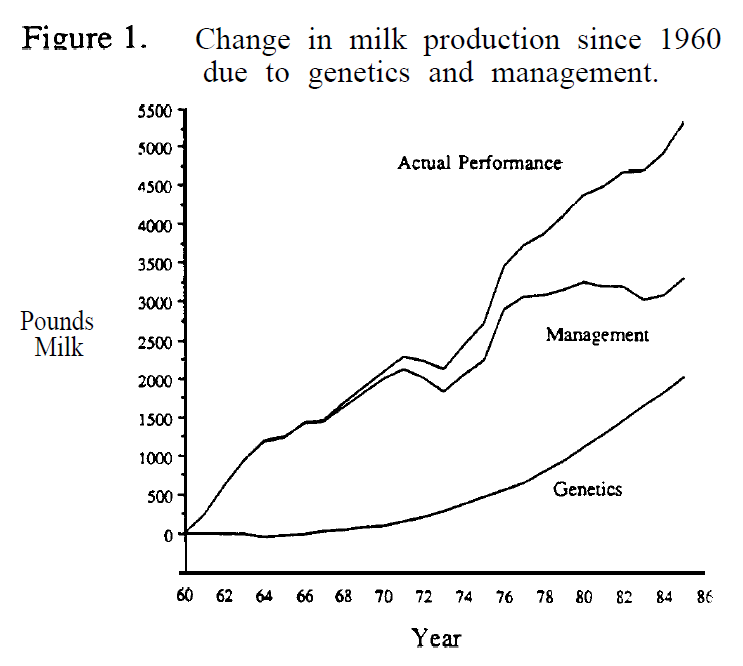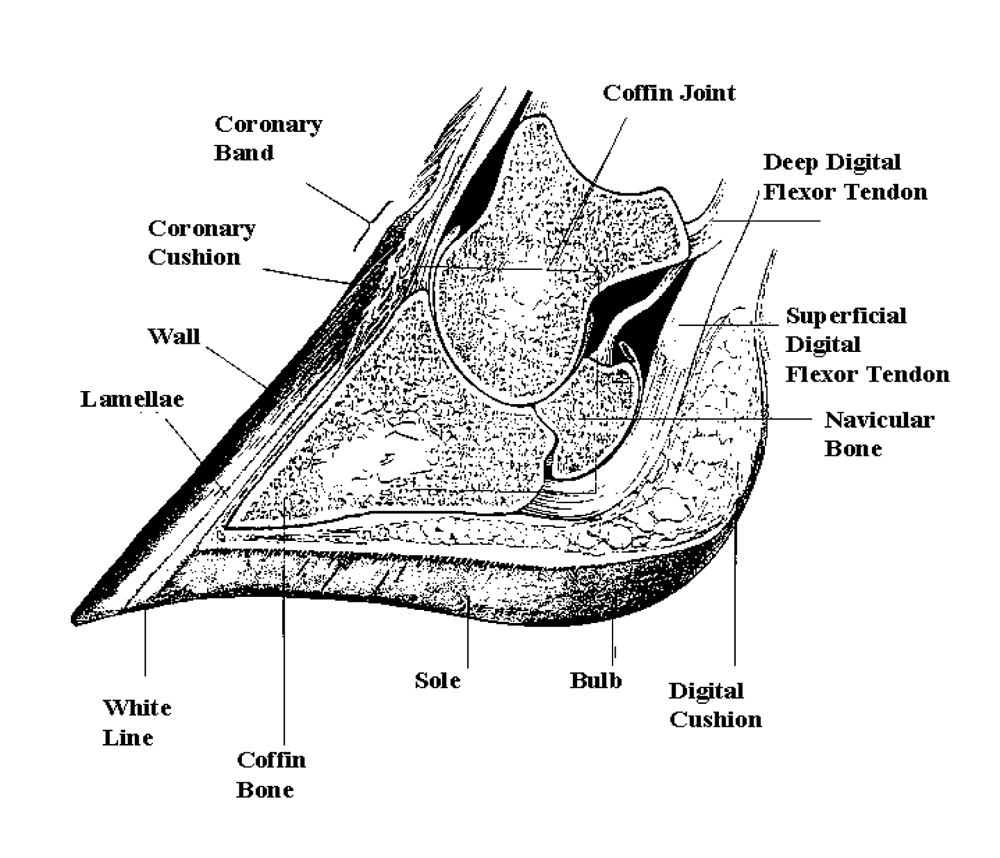It has been six years since genomic, genetic evaluations were introduced in North America. Since that time, every part of the dairy improvement industry has changed. The business of artificial insemination has changed from selling predominantly proven sires and having to reward breeders for using young sires to young sire semen which now costs more than proven sire semen and accounts for more than half the semen sales. On the one hand, there’s a growing misconception that genomics will replace traditional data recording systems, such as those offered by DHI and breed associations. However, the reality is that, with genomics, accurate and complete performance data is required, in order to maintain the accuracy of genetic evaluations and allow a wider list of traits to be evaluated.
The question becomes where will that genetic information come from, if everyone stops classifying, registering and milk recording?
Accuracy comes from validating data with proven sires
Current genomic evaluations are more accurate than previous traditional evaluations primarily as a result of the large reference population of genotyped progeny proven sires. Without such a significant reference population, genomic evaluations would only offer small gains in accuracy compared to the significant move from 33% to 66% accuracy that a 50K genomic tested young sire currently receives.
The collection of performance data leads to a steady supply of new progeny proven bulls. Without these bulls continually expanding the reference population, young bulls selected for A.I. would get further away (and therefore less genetically related) from the proven sires in the reference population. Over time, this would negatively affect the accuracy of genomic evaluations, and we would actually start to see reliability figures decline.
Genomics have allowed us to make even faster genetic progress, however we still need field data for production, health, and conformation, in order to keep and even increase the reliability of the current genetic evaluation system.
Without genomics, test day records or a classification, a cow would maintain her Parent Average (PA) for all production and type traits for her entire life. She would thereby miss out on the opportunity to further enhance the accuracy of her genetic evaluations. Milk recording and classification data are added to the cow’s contribution from PA to produce an Estimated Breeding Value (EBV) that is more accurate than without it. For example, consider a first lactation cow that was genotyped as a heifer. Upon classification, the reliability of this animal’s Conformation index will increase from 68% to 75%. Once a lactation is completed, the reliability of her production index will increase from 73% to 78%. Despite the jump in reliability achieved by genotyping, the incorporation of performance data boosts the reliability, making the cow’s evaluation indexes even more accurate by approximately 10%. (Read more: Three Reasons Why Performance Data Will Always Be Important for Genetic Improvement)
Where does that data come from?
One of the more pertinent questions I hear being asked more frequently is, do we need to use official milk recording and type classification systems in order to validate this data?
With the introduction of on-farm computer systems, many breeders are not finding it necessary to use official DHIA milk recording systems. That means instead of doing bi-weekly or monthly or sporadic tests for production, components and Somatic Cell Score, breeders who use Robots, for example, get this information with every milking. This is a far more accurate way to measure production values. Instead of using algorithms to merely predict the in-between production data, these systems are working with the actual numbers. In fact, these systems are such a complete herd management tool, `that they have metrics and information on many areas the current systems cannot even begin to predict. (Read more: The Future of Dairy Cattle Breeding Is in the Data, and Forget Genomics– Epigenomonics & Nutrigenomics are the future)
In speaking with many of the principal suppliers in the robotic milking marketplace, they often comment on that the dairy breeding industry not only could have more accurate information, but could also add indexes for more directly applicable evaluations such as feed efficiency. While many organizations are trying to present algorithms to predict this measure, we could actually have performance data, which would significantly accelerate the accuracy and the rate of genetic gain in this core profitability area.
I have often heard the opposing argument from supporters of the current system. They cite that, since these numbers are not validated or conducted by a non-biased third party, how accurate can they be? I find this argument doesn’t have any weight at all. I have seen many hot house herds which have been able to “skew” the current numbers when they needed to. The argument that a third party verifies things means nothing. With the fact that most new systems are computer based, there is actually the potential to implement a much more secure system for data integrity than the current process allows. So really, the case for mandatory use of DHIA records is actually allowing far greater inaccuracy of the system, than if we accepted more modern computerized methods.
What about type classification?
The argument for the need for type classification is slightly different. Since there is no computerized system to score a cow or to measure a cow’s conformation, there is no second data set that could be used instead of classification. Or is there?
Type classification was created in order to predict a cow’s longevity. Isn’t that exactly what herd life and productive life measure? Moreover, instead of being based on a prediction, they are rooted in 100% accurate longevity data. (Read more: Is Type Classification Still Important?, She Ain’t Pretty – She Just Milks That Way! and Does Classifying Excellent Mean Profitable? Now? In The Future?)
Hence, the argument for the need to validate conformation data through classification is missing the boat. Instead of trying to hold on to a system rooted in the past, we should embrace the more relevant data and information available. We should change the systems to evaluate genetic progress and merit based on actual information and should not continue to rely on a subjective system which tries to make predictions. The actual information is available.
What About Registration?
On-farm systems are such an accurate and efficient way to record breeding, calving and parenting information that the arm’s length breed association registration is duplication. Genomic testing provides 100% verification of parentage. (Read more: What is the Role of a Dairy Cattle Breed Association?)
The Bullvine Bottom Line
And so we see that the arguments supporting the need to continue type classification, milk recording and registry are becoming redundant. Instead of trying to keep a system that validates old school genetic evaluation systems that are based on trying to use algorithms to predict genetic merit, we should be embracing the wealth of new and more accurate information that is available. We should be creating a new system that is based on measurable profitability and herd improvement statistics. The only reason that is left for keeping these three expensive programs is because we feel a need to validate an old animal model. Instead, we should be creating a new animal model. One that accurately reflects the way modern dairy farmers operate.
Not sure what all this hype about genomics is all about?
Want to learn what it is and what it means to your breeding program?






















